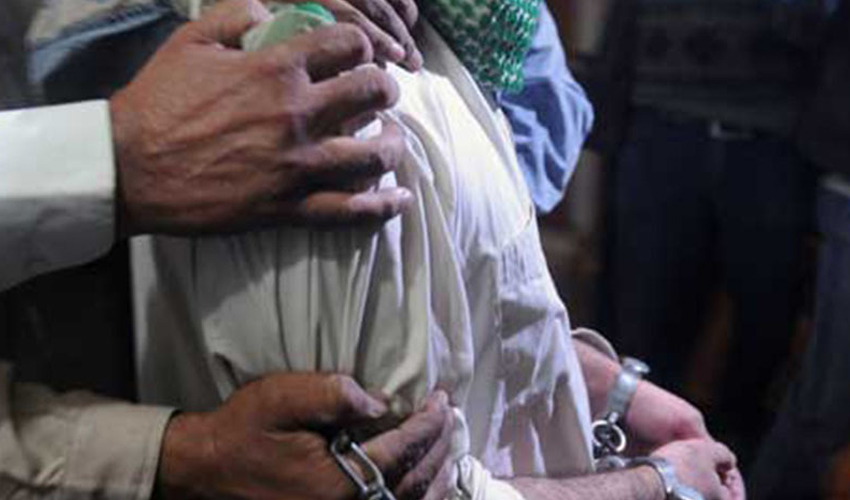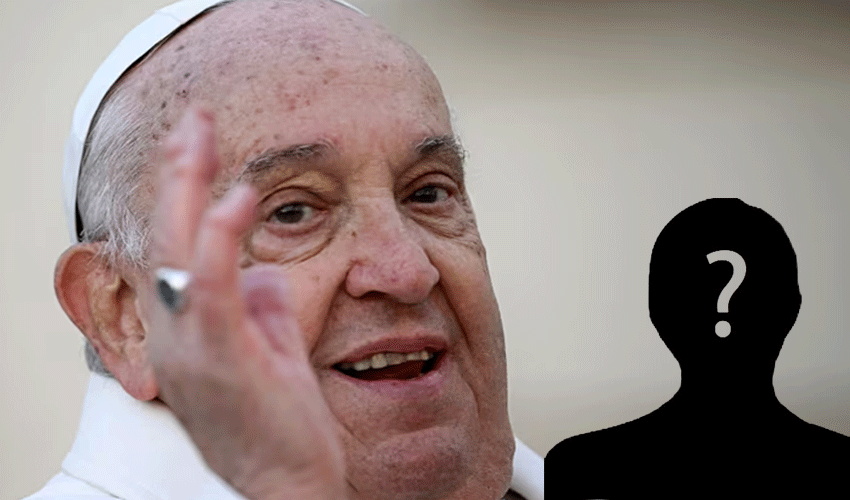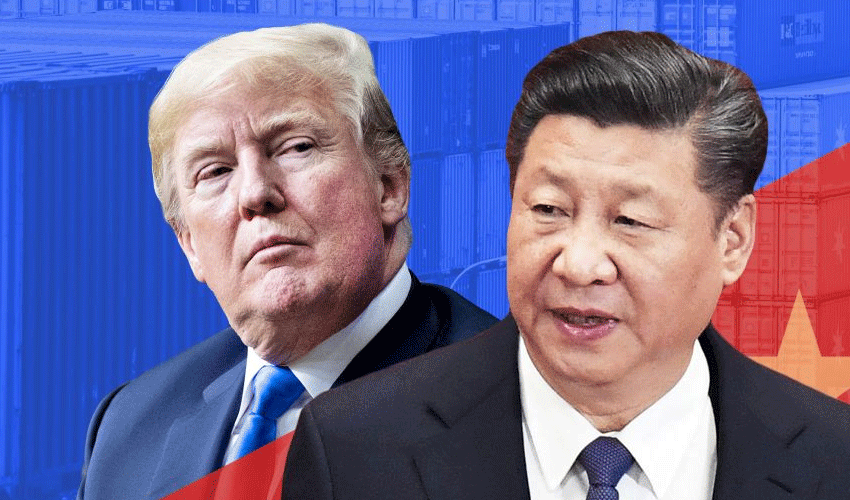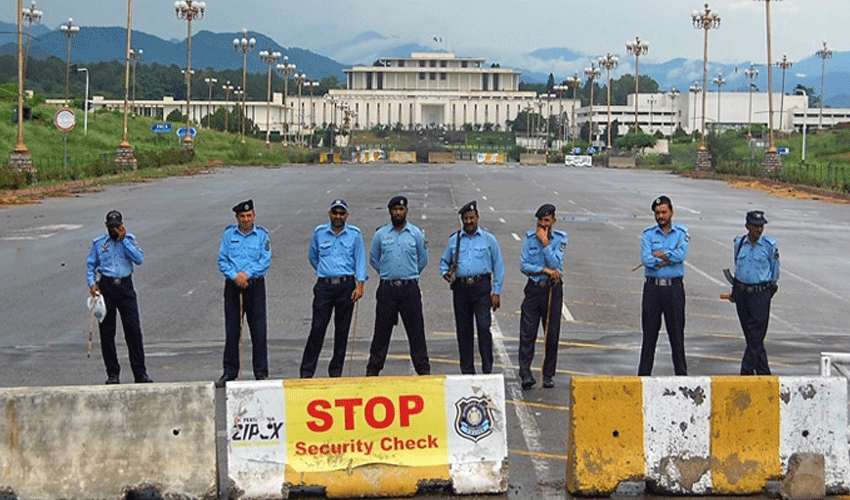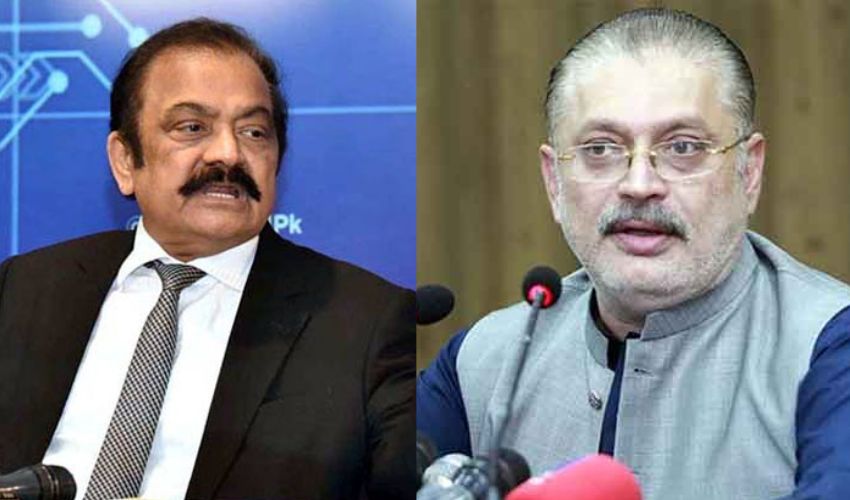Tibetan Buddhists believe the current Dalai Lama is the 14th reincarnation of a spiritual leader first born in 1391.
The 88-year-old has led Tibetans through some of the most calamitous events in their history.
As Tibetans mark on March 10 the 65th anniversary of his exile following a failed uprising, here are key dates in the life of leader, monk and Nobel laureate Tenzin Gyatso.
- 1935: Farming family -
Lhamo Thondup is born to a farming family in the rural village of Taksar on July 6, 1935, more than a decade before the Communist Party establishes the People's Republic of China.
Situated on a high-altitude plateau, dubbed by some the "roof of the world", Tibet has alternated over the centuries between independence and control by China.
At the time, Tibet is largely autonomous, after shaking off both the grip of China's three-century Qing dynasty and a British invasion.
- 1937: 14th reincarnation -
He is just two when Buddhist monks in disguise arrive at his family home searching for the reincarnation of the Dalai Lama, who had died four years earlier.
The monks are convinced they have found the right boy when he asks for prayer beads that had belonged to his predecessor.
In 1940, he is enthroned as Tibet's leader, taking the monastic name Tenzin Gyatso.
- 1950: China takes control -
The Chinese army pours into Tibet, crushing a ramshackle resistance. Beijing says it "peacefully liberated" the rugged plateau.
- 1954: Meets Mao -
He visits Beijing and meets Mao Zedong, who he says tells him that "religion is poison".
- 1959: Flees to India -
He flees Lhasa after China pours troops into the region to crush a popular uprising.
Too sick to ride a horse, he crosses the snowy mountain passes into India on the back of a dzomo, a cow-yak hybrid.
India allows a Tibetan government-in-exile in its northern town of Dharamsala. Beijing calls him a "wolf in monk's robes".
- 1967: Launches global campaign -
He visits Japan and Thailand, the first stops on a globetrotting campaign to promote his cause, hobnobbing with world leaders and Hollywood stars.
China's Cultural Revolution of 1966-76 devastates Tibet.
- 1988: 'Middle Way' -
He abandons demands for Tibetan independence for the "Middle Way" approach for greater autonomy. China continues to call him a separatist.
- 1989: Nobel -
He receives the Nobel Peace Prize for advocating solutions based "upon tolerance and mutual respect".
Beijing, who months earlier had crushed large-scale demonstrations in Lhasa calling for independence, condemns the award as "preposterous".
- 2011: Political retirement -
He steps down as political head of Tibet's exiled government to make way for a democratically elected leader.
- Today: Monastic life -
He maintains a rigorous monastic life, rising before dawn for prayers.
"I always consider myself as a simple Buddhist monk," he writes on his website. "I feel that is the real me."







